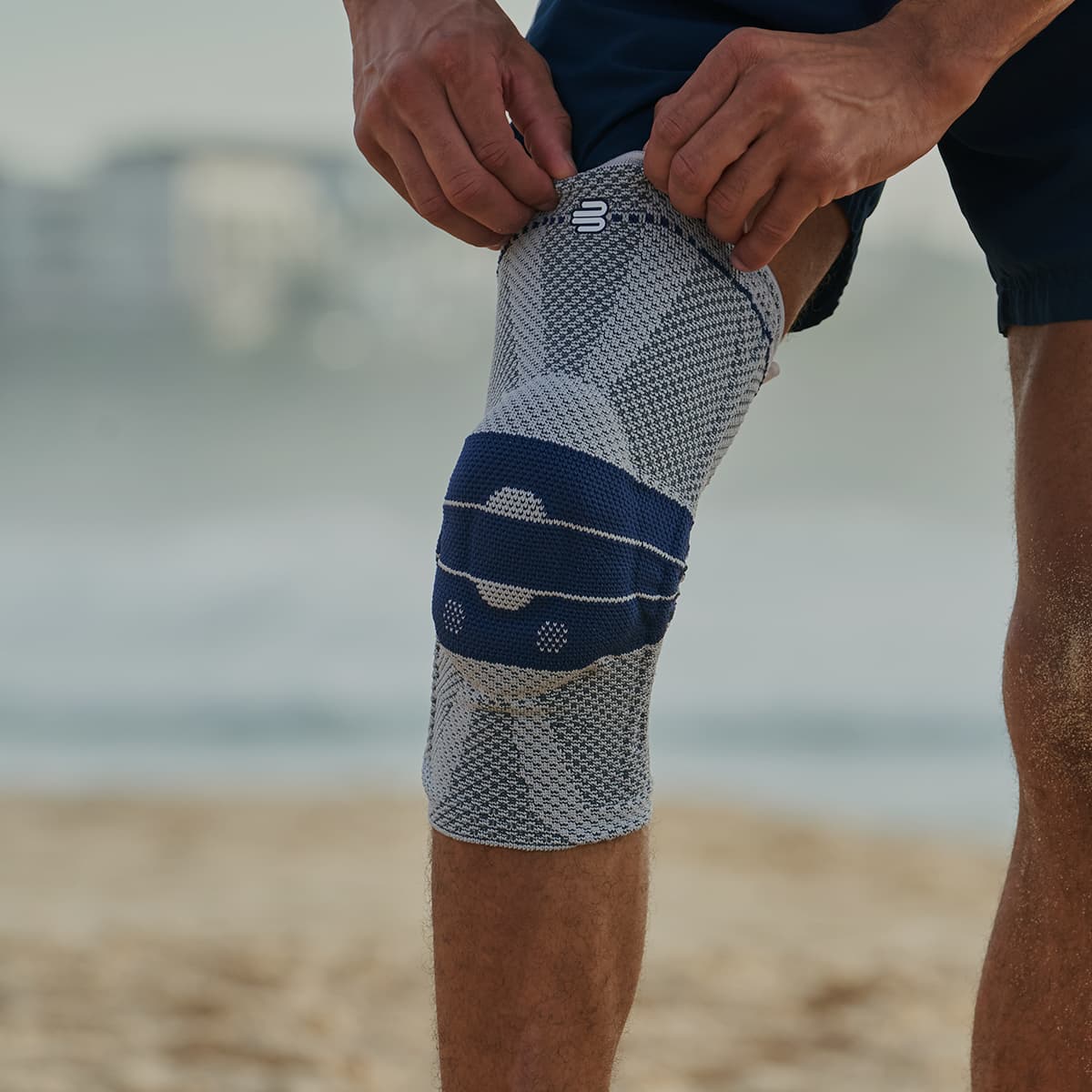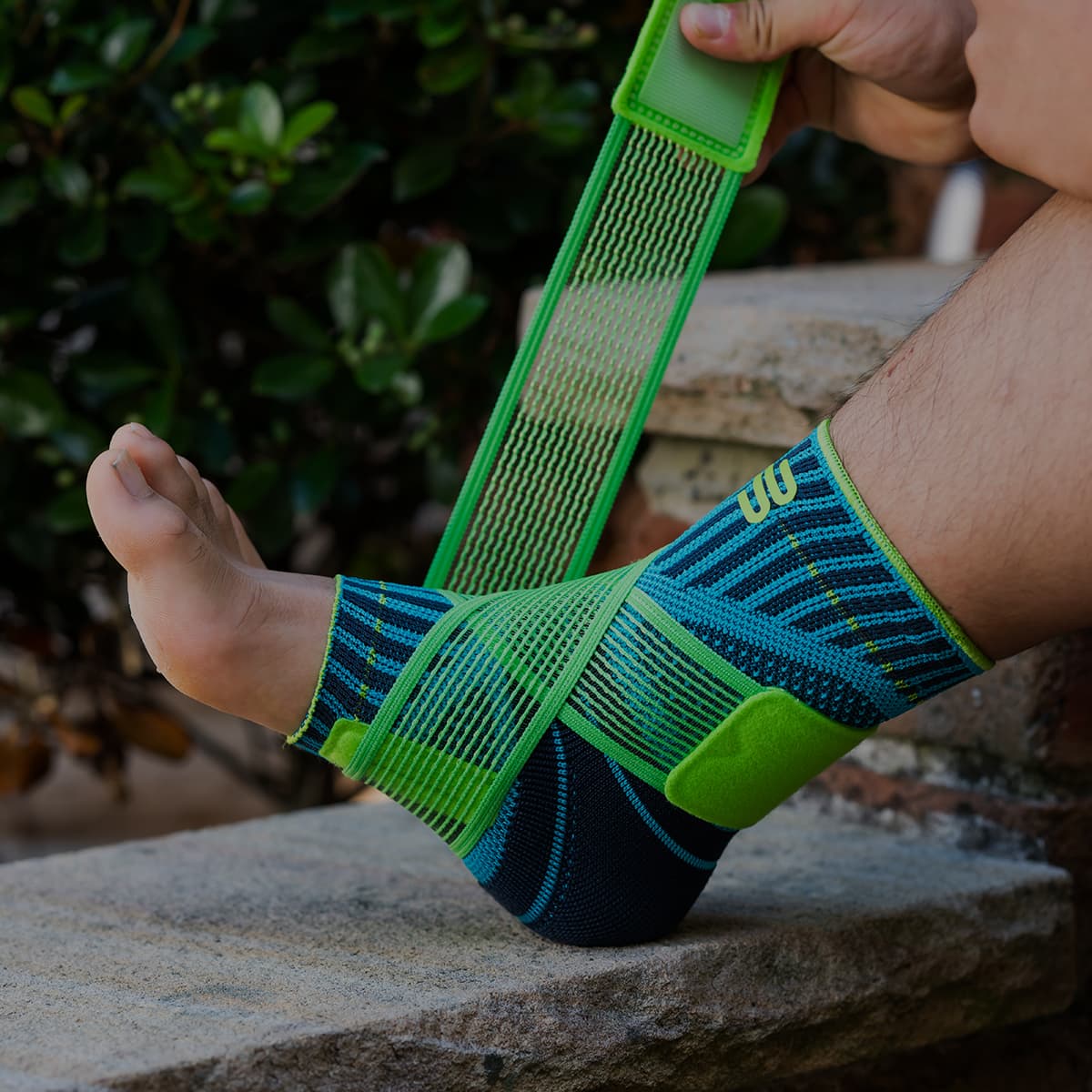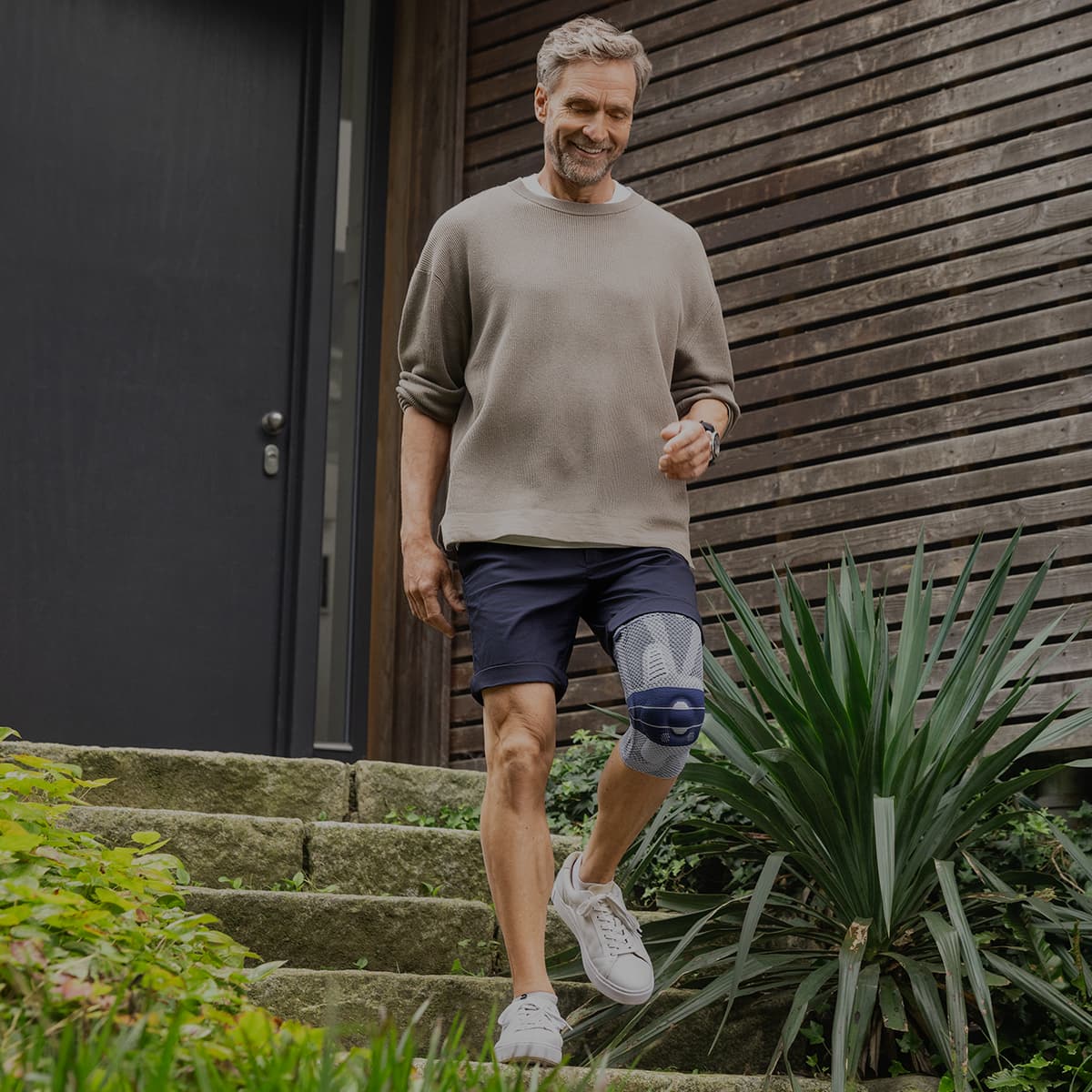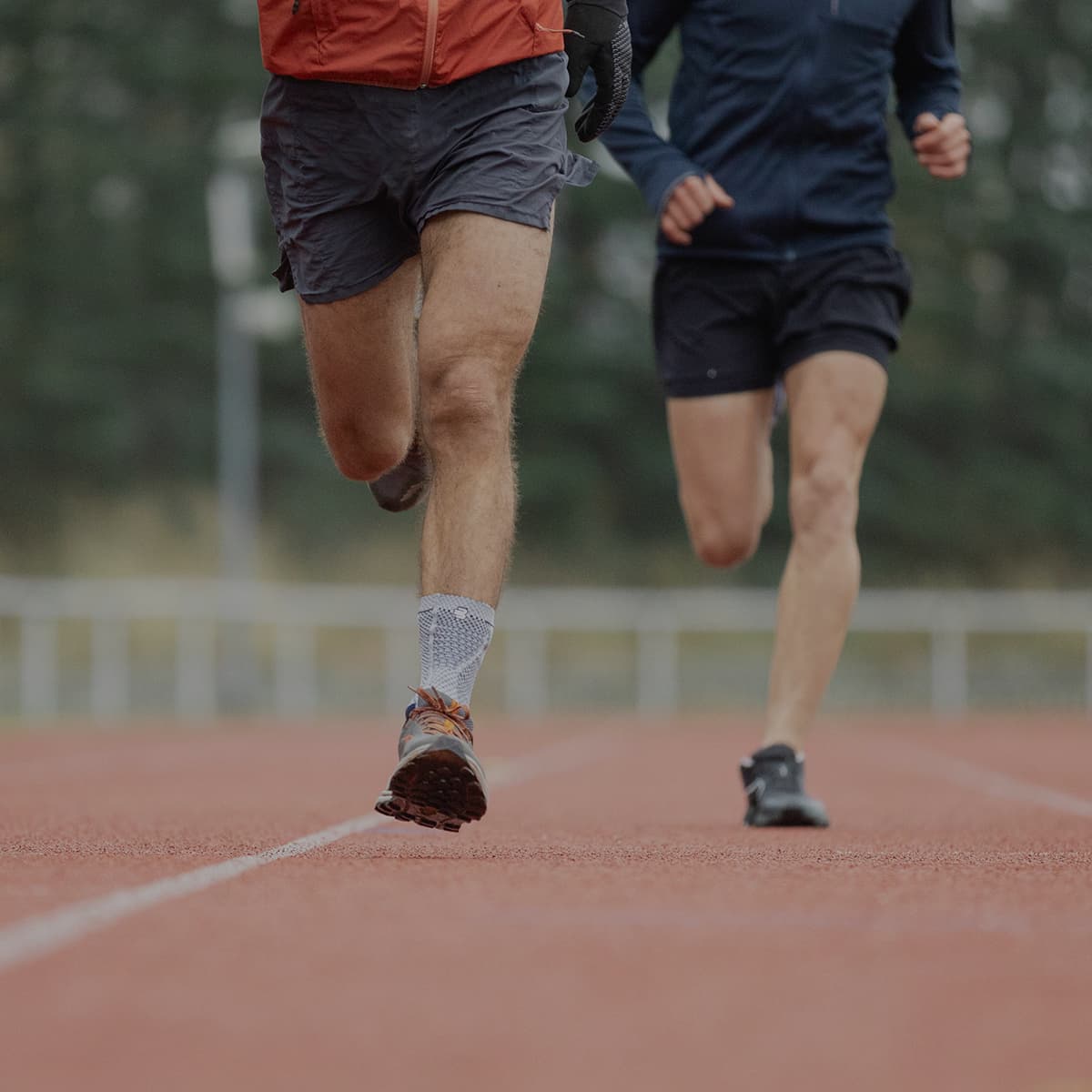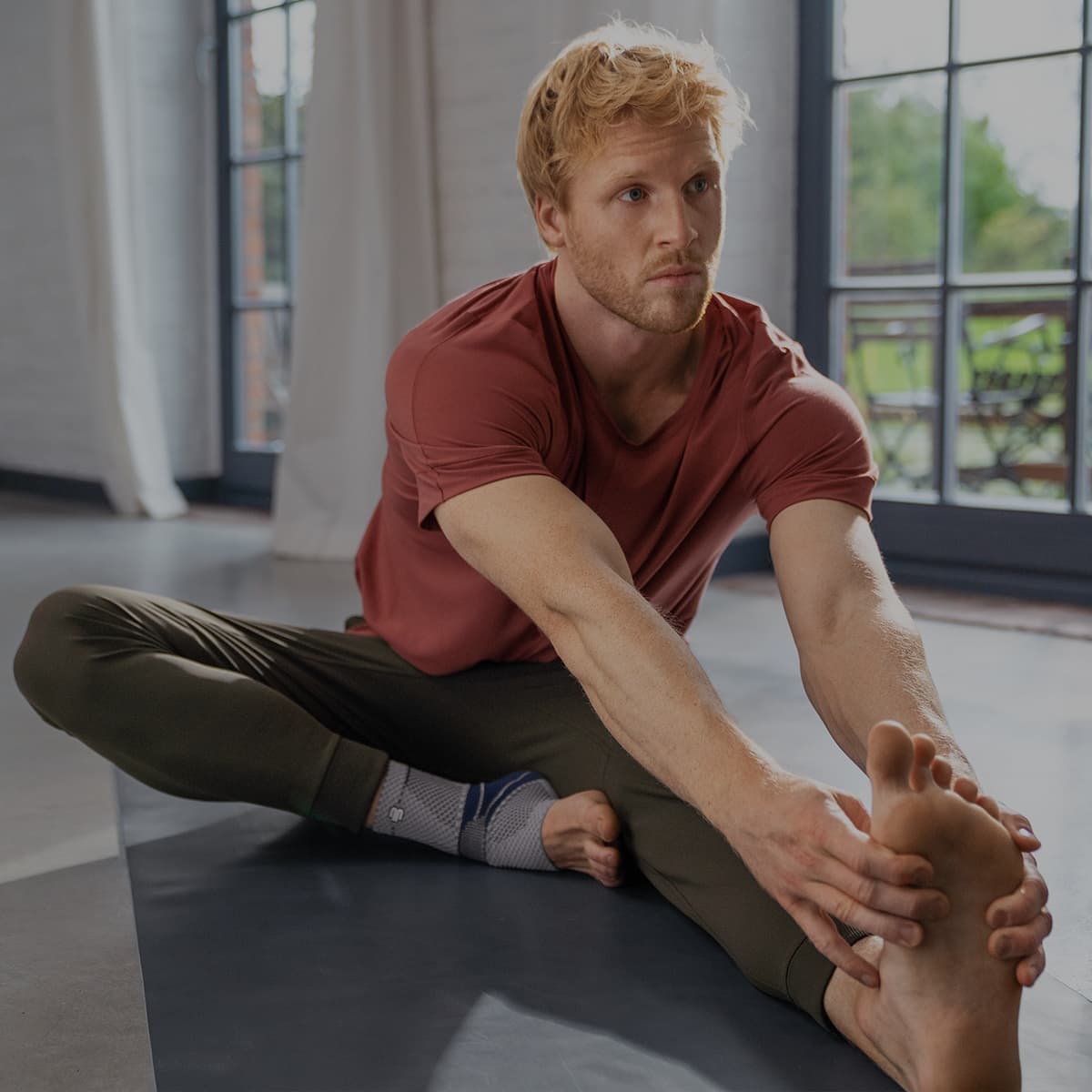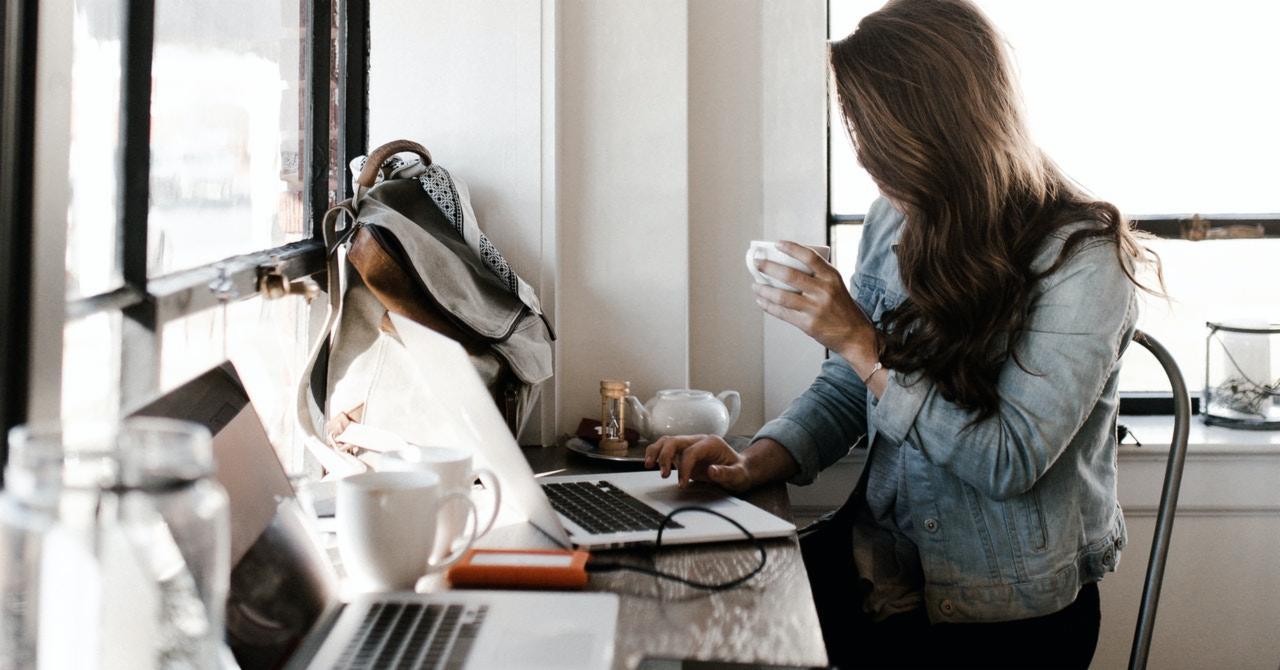Sitting for an extended period of time - whether it's from a makeshift office space or couch, or at a proper desk in your workplace - can often cause backaches, pains and stiffness. If you often feel tight and sore, here are a few simple tips for back pain after sitting all day.
How sitting impacts your back
The seated position puts stress on the muscles and discs in your back and neck, resulting in tightness of your hip flexors and restricted blood flow to the gluteus maximus - a muscle which is an important supporter of the spine.
In addition to the pressure on your hips and buttocks, the longer you stay seated, the more likely that your posture will begin to relax. Known as slouching, this position can cause the spinal ligaments to stretch beyond their healthy limit, and strain your spinal discs.
Read more: How bad posture impacts your health.
Taking care of your spine is essential for your long-term health and quality of life. Often, starting with your desk or workspace is one of the easiest ways to start improving your posture as well as managing and treating back pain.
Ergonomic practices for reducing back pain
Setting up your workspace to be back-friendly is especially important for people working from home, however, even in an office it is essential to make personalised adjustments to fit you. Here are some tips for the setup:
- Adjust your chair height so your knees are level with your hips, using a raised foot-rest if needed.
- Keep your wrists straight, with your hands sitting comfortably at the same level as your elbows, or just below.
- Position your monitor about arm’s length away.
- Keep your keyboard and mouse close so you aren’t reaching when you use them.
Reducing back pain during the day
There are a range of stretches that will help keep your back limber and pain-free, and they can easily be done at your desk or while you are seated. These are known as desk-stretches and they target muscles from your hips up to your shoulders and neck.
Here are a few exercises to look up and practice during the day:
- Seated spinal rotation
- Shoulder shrugs
- Neck rotations
- Posterior shoulder stretch
- Sitting back extensions
- Upper shoulder and neck stretch
- Shoulder extensions

Treating back pain after sitting all-day
Some people have pre-existing back issues from injury, genetics or just their body type, and sometimes stretches aren’t enough. If you tend to work long hours or have a very physical job then the strain on your spine is especially tough.
For people in these situations, it’s highly recommended to use a back support or back brace to protect the spine and prevent injury. But not just any back support, it is really important that you find one which fits well and is shaped to your body.
It is also good to speak with a qualified professional, whether it’s a physio, chiro or technician with a bracing company like Bauerfeind, to determine what type of brace you would benefit most from. It could range from an unloading brace, something to soothe and relieve pain, a posture corrector, or a combination of all three. Wearing the right support at work will help to improve your posture over time and prevent further issues.
For assistance selecting the right product for your needs, book a video consultation with a Bauerfeind expert: Book Video Call, or call us on 1300 668 466.
Do you have private health? Most private health extras will cover Bauerfeind Products, check to see if yours is included. Bauerfeind Private Health Insurance Inquiry.
Bauerfeind products are developed at our innovation and manufacturing facility in Zeulenroda, Germany. Based on years of scientific research, our award-winning braces and support garments are highly recommended by medical professionals and athletes worldwide.

